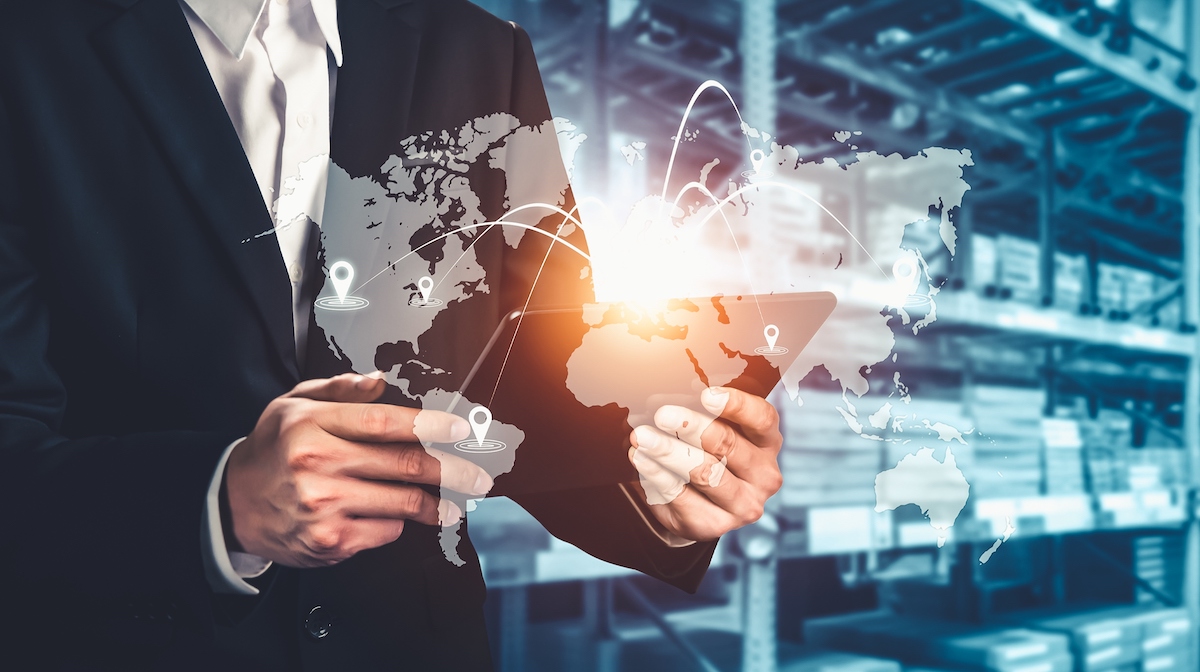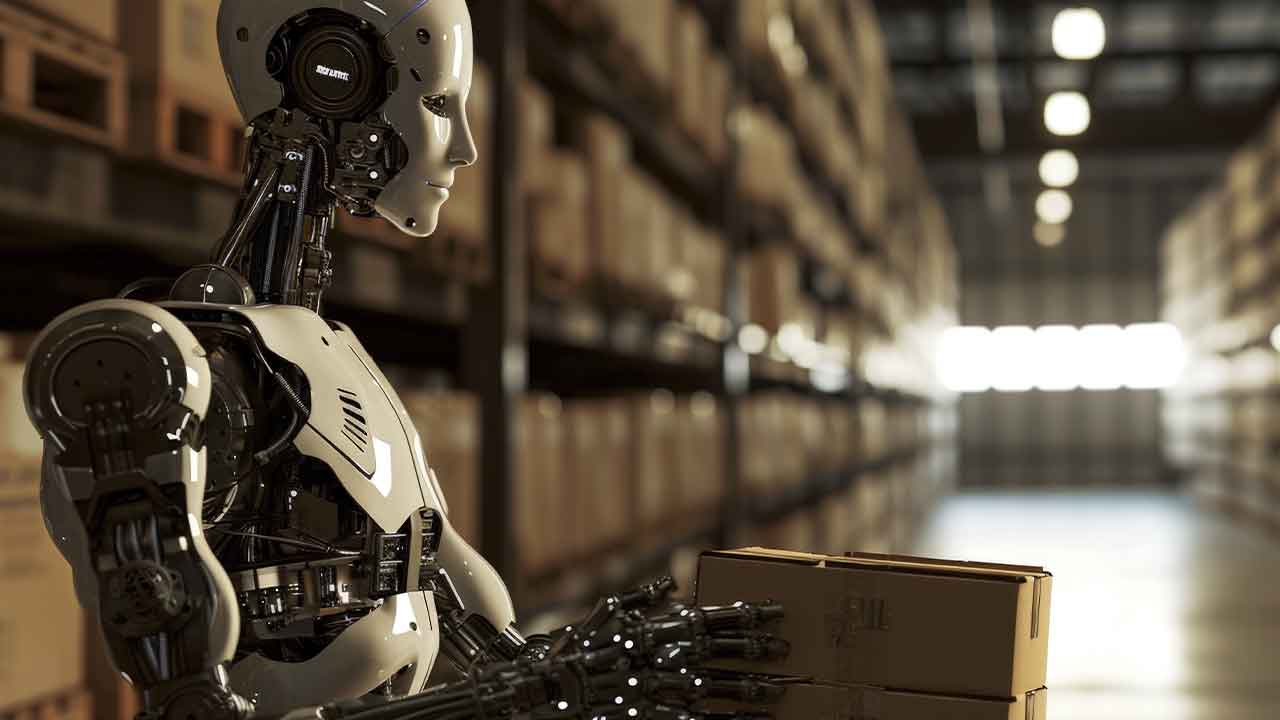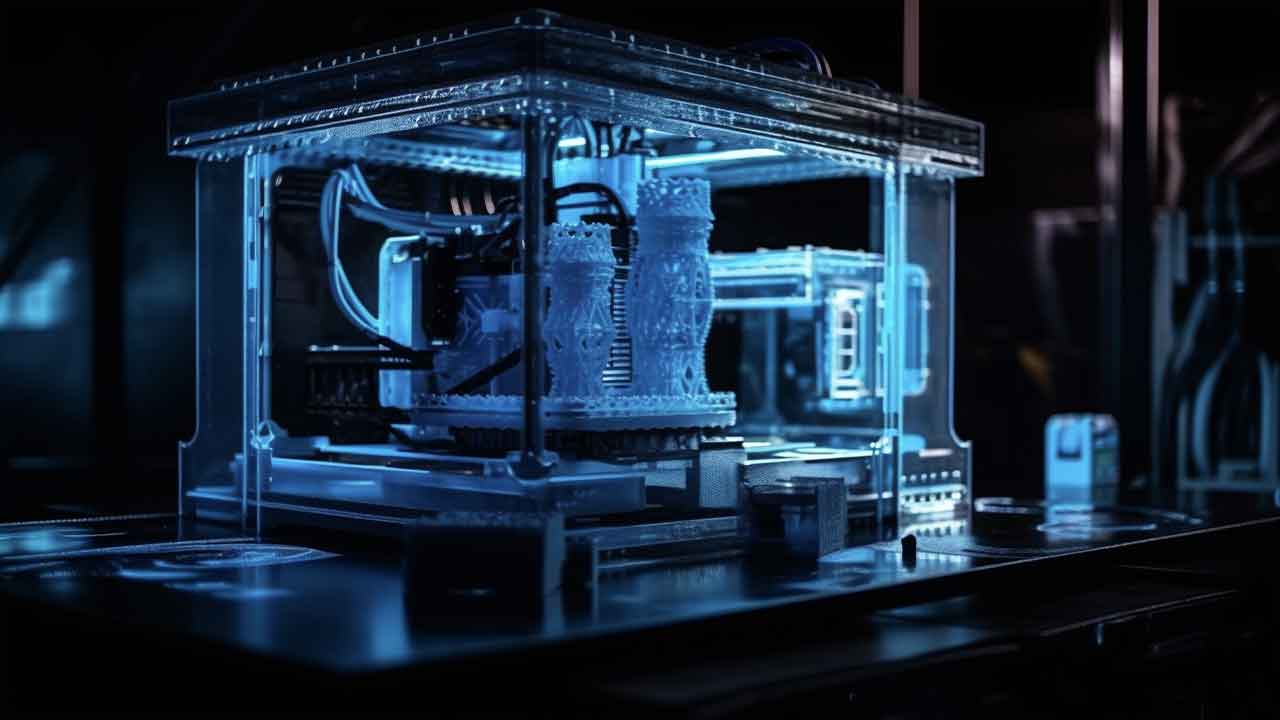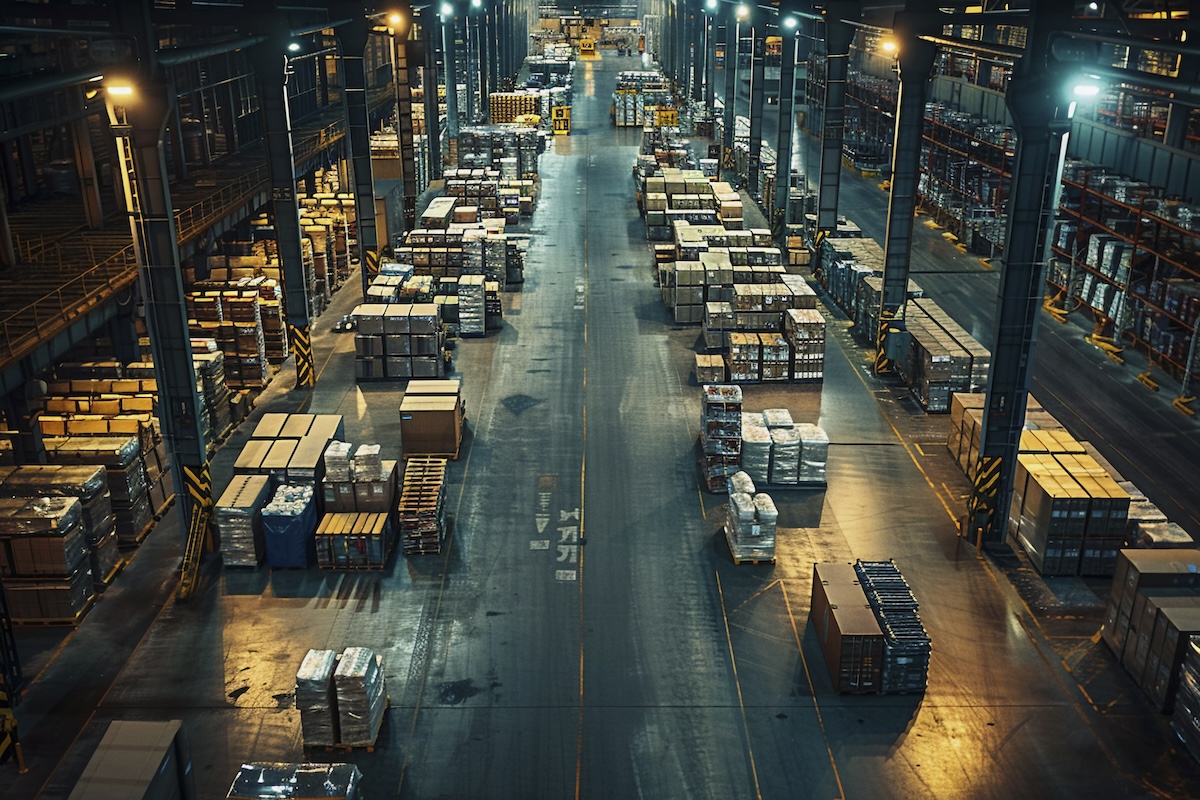Does ChatGPT Offer Real Value to the Supply Chain?
Testing the capabilities of ChatGPT, an AI-trained model that interacts in a conversational way, has become something of a global sport since it was launched at the end of November 2022. Business people, consultants, writers, analysts, lawyers and many others have been pushing this new AI brain to its limits. Something exceptional is going on with ChatGPT — something that may eventually change the way people work and think.
My experience with ChatGPT revealed that it is not unsimilar to having a conversation with a real person. The more abstract, or open-ended, question you ask, the more likely you are to receive an unspecific reply that doesn’t really answer your question.
To test the model, I put on my manufacturer’s hat and decided to find out what impact ChatGPT could have on supply chain operations.
The Value ChatGPT Sees in Itself for the Supply Chain
I asked ChatGPT what kind of role in the supply chain ChatGPT could play. In response to the question, “How can ChatGPT help in the supply chain?” it shared a rather comprehensive answer:
- Data Analysis: ChatGPT can process and analyze large amounts of supply chain data to identify patterns, predict future trends, and support decision-making.
- Chatbot Interface: ChatGPT can be integrated into a chatbot interface to provide real-time information and support for supply chain stakeholders, such as suppliers, manufacturers, and distributors.
- Predictive Maintenance: ChatGPT can use machine learning algorithms to analyze supply chain data and predict when equipment is likely to fail, allowing for proactive maintenance to reduce downtime.
- Inventory Management: ChatGPT can provide real-time inventory data and support reordering processes to ensure that products are available when they are needed.
- Route Optimization: ChatGPT can support the optimization of delivery routes to reduce transportation costs and ensure efficient delivery times.
How can ChatGPT Help in Predictive Maintenance in the Supply Chain?
These are excellent starting points. I decided not to challenge the completeness of the answer — I believe a couple more use cases could be added — and instead asked a more detailed follow-up: “How can ChatGPT help in predictive maintenance in the supply chain?” ChatGPT replied:
- ChatGPT can assist in predictive maintenance in the supply chain by using machine learning algorithms to analyze historical data, such as equipment performance, maintenance records, and operating conditions. This analysis can help predict when equipment is likely to fail, allowing for proactive maintenance to be scheduled before the failure occurs.
- ChatGPT can also support the development of predictive maintenance models by processing large amounts of data and identifying correlations between maintenance events and other variables. The models developed can then be used to provide real-time monitoring of equipment performance and provide early warning signs of potential failures.
Not bad. However, a crucial element is missing: Systems need to be continually fed with data to provide their real value. This is not addressed by ChatGPT’s reply.
The role of ChatGPT in the Improvement of Supply Chain Sustainability
I then asked ChatGPT what role it could play in the improvement of supply chain sustainability. It replied instantly:
- Data Analysis: ChatGPT can process and analyze large amounts of supply chain data to identify areas for improvement and track progress toward sustainability goals.
- Sustainability Reporting: ChatGPT can assist in the creation of sustainability reports by providing data analysis and insights into sustainability performance.
- Supply Chain Mapping: ChatGPT can support supply chain mapping efforts to identify potential sustainability risks and opportunities, such as environmentally damaging practices or potential for waste reduction.
- Sustainable Sourcing: ChatGPT can assist in the evaluation of suppliers based on sustainability criteria and help organizations to find more sustainable alternatives.
- Carbon Footprint Analysis: ChatGPT can support the analysis of the carbon footprint of supply chain activities, such as transportation, production, and consumption, to identify areas for improvement and track progress toward reducing emissions.
- Chatbot Interface: ChatGPT can be integrated into a chatbot interface to provide real-time information and support for supply chain stakeholders, such as suppliers, manufacturers, and distributors, to help drive sustainability initiatives.
I also tested a slightly more specific supply chain-related question: “What would be the most reliable sourcing strategy for iron slabs considering my production plant is located in Belgium?”
The answer was quite vague. Again, though, it wasn’t a bad start:
The most reliable sourcing strategy for iron slabs in Belgium would be to research local suppliers and manufacturers to establish a strong working relationship with them. This will allow for a consistent and efficient supply of iron slabs, while also providing the benefits of face-to-face communication, faster delivery times, and potential cost savings. Additionally, considering the local regulations and standards, working with local suppliers could help ensure compliance with legal requirements.
It is also important to compare prices, quality, and delivery times among different suppliers to make the best decision for your business. Networking with other industry professionals, participating in trade shows and conferences, and leveraging the internet and social media can also be effective in finding and evaluating potential suppliers.
Seeking a more specific answer, I asked, “Who are iron slabs suppliers in Belgium?” The answer was clear and instant:
- Acieries de la Méditerranée (ADM)
- Belmet BVBA
- Conares Metal Supply BV
- E-metals
- IVL Steel
- Janco Steel BVBA
- Métalvallée
- Nedschroef Belgium
- Roldec
- Van Houtum BV
It is important to note that this list is not exhaustive and may not be up-to-date. It is always recommended to conduct thorough research and due diligence to find the best suppliers that meet your specific needs and requirements.
Impressive? Not so much. Helpful? Definitely. Not everyone is capable of getting highly useful information from the internet, especially if their English is not at a professional level.
Conclusion (Not Provided by ChatGPT 😊)
I believe we are seeing the birth of a powerful tool that can be used professionally. The free access version of ChatGPT democratizes information that’s available online. Everyone can start testing its capabilities. The outputs can be combined with supply chain data, tools, and enterprise solutions.
Perhaps ChatGPT will become an intelligent forecast tool or an add-on for the supply chain control tower. This would align with IDC’s prediction that in 2023, half of all supply chain forecasts will be automated using AI, improving accuracy by 5 percentage points.
However, ChatGPT’s answers to my queries indicate that the journey to unlock the value potential of an AI-trained model is still at the start. The answers it provided do not really deliver much value for the professional supply chain manager. On the other hand, they could help an ordinary person navigate through, or narrow down, sets of options.
At this point, the key to ChatGPT seems to be to ask it questions that have a level of detail that the AI can handle effectively. This can reveal the art of the machine. The right tool or toolset can then be leveraged to get real value and insight from the analyzed data.
I can envision the almost never-ending potential of an AI-trained model used for sustainable logistics and supply chain management. IDC expects that in 2024, to improve long-term supply chain profitability, 70% of manufacturers in global supply chains will invest in software tools to support sustainability and circular economy business models. Just imagine what could be achieved by combining proprietary data with public data intelligence!
To close on a positive note: ChatGPT and systems like it will provide more accurate and practical answers the more they are fed with data and the more that people test their recommended solutions in professional settings. This only goes to show, however, that human experience, human eyes, and the human ability to think critically are still required — especially in the case of powerful technology like ChatGPT.



